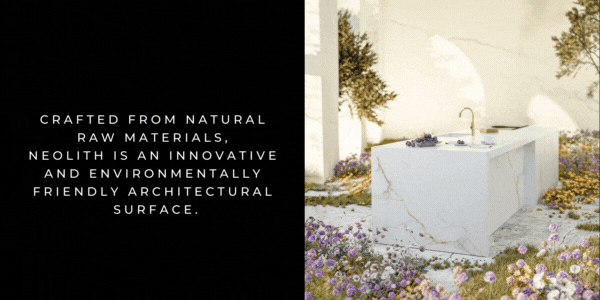Fondation Cartier’s Bold New Chapter: A Museum Reimagined Beside the Louvre
In a city that thrives on reinvention, Paris’s Fondation Cartier pour l’art contemporain begins a bold new chapter. The pioneering institution has relocated to a vast new home beside the Louvre, reimagined by long-time collaborator Jean Nouvel, and the result is a masterclass in adaptive architecture.
The building itself has a storied past. Once Paris’s first luxury hotel, it later became the Grands Magasins du Louvre, the department store that inspired Émile Zola’s Au Bonheur des Dames. Now, in its latest incarnation, Nouvel has preserved the historic façade while gutting and liberating the interior to create more than 8,500 square metres of open, transformable space, 6,500 of which are dedicated to exhibitions.
Inside, old limestone arches meet raw concrete, glass, and steel, their dialogue forming the backbone of a space that is as much machine as museum. Five monumental mobile platforms, made from recycled steel, glide through the building’s vertical volume. Suspended on pulleys and cables left intentionally visible, they can be repositioned in countless ways – a dynamic infrastructure designed to host works of every scale and temperament. “By revealing the mechanism,” says Nouvel, “we reveal the potential for transformation.”
Light plays a leading role. Enormous bay windows along Rue de Rivoli and Rue Saint-Honoré dissolve the boundary between the building and the city, allowing passers-by to glimpse the art within. Overhead, glass panels reveal trees planted on the roof, dappling the walls below with shifting sunlight, a living connection between architecture and nature.
To mark its reopening, Fondation Cartier launches “Exposition Générale”, an ambitious show curated by Formafantasma, who designed the scenography to highlight both art and architecture. The exhibition features nearly 600 works from the foundation’s four-decade collection, reflecting its enduring commitment to experimentation and eclecticism.
Among the highlights: David Lynch’s atmospheric drawings, Bijoy Jain’s delicate table crafted from miniature bricks, Freddy Mamani’s exuberant Bolivian salón de eventos, and David Hammons’ haunting sculpture of stone grafted with hair from Black barbershops. A large-scale installation by Diller Scofidio + Renfro maps global migration patterns, echoing philosopher Paul Virilio’s ideas on movement and displacement, a fitting theme for a building in constant motion.
As Fondation Cartier director Chris Dercon notes, “Being next to the Louvre is the greatest challenge – and the greatest opportunity.”
In Nouvel’s hands, that challenge becomes something remarkable: a museum that doesn’t simply contain art, but transforms with it.
You might also like...
-
Spaces That Breathe: Bendehuis and the Art of Mindful Architecture

As the return to office grows after recent years favouring work-from-home settings, the modern office must now compete with the comfort of home. Spaces that ...
-
A Bold Reinvention: David Muirhead Transforms the Grand Hotel at GrandWest

The Grand Hotel at GrandWest Casino and Entertainment World has unveiled its striking new Salon Privé, lounge, and dining area – the first milestone in ...
-
Sandton Residence by Nico van der Meulen Architects

Set on a sloped site with sweeping views of Johannesburg’s eastern skyline, the 1 300 m² Sandton Residence rises over three storeys, positioned to embrace ...

























